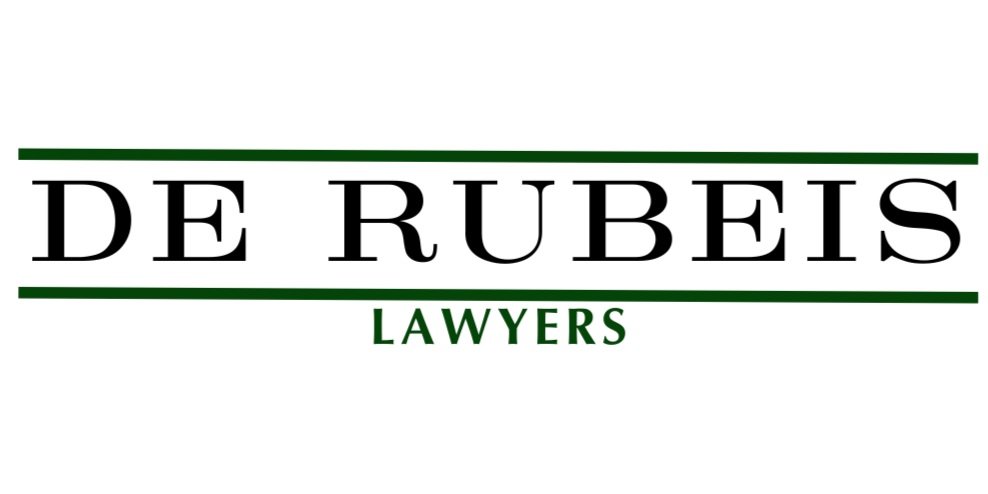Seller Property Information Statements (“SPIS”), Dual Agency and Water Damage
An Ontario trial court decision released this month covers some basic agent obligations and some not-so-basic results.
An agent represented both sellers and buyers in a 2014 purchase of a rural home with past and current roof leakage problems. The price was $180,000. One condition was a satisfactory home inspection. The buyers admitted they intended to do significant work after closing as the home needed much work.
The buyers were not strong financially but were assisted by a 95% VTB mortgage. Although the MLS listing indicated the availability of a SPIS, it was not provided to the buyers nor to the home inspector. There was in dispute whether the water penetration as disclosed by the sellers in the SPIS was intended to mean past (i.e. repaired) problems or current problems. There was also evidence that the sellers painted over water stains on the ceiling. Three days prior to closing, the sellers found serious flooding in the home. This fact was disclosed by them to their lawyer but not to the agent nor to the buyers. After closing, the buyers took possession and began to do various removal work when they discovered severe water damage and mould.
The court found the agent to be 70% liable in negligence for failing to verify the contents of the SPIS with the sellers and failing to provide the SPIS to the buyers. The court analyzed liability referring to s. 20 of the Code of Ethics which requires that a SPIS must be delivered to the buyer in all cases (not only in dual agency). The sellers were found 30% liable based upon having the knowledge of undisclosed water leakage and a finding that water stains had been painted over. The court spelled out the law of latent defects in Ontario:
A seller is liable to a buyer if he knows of and fails to disclose a latent (i.e. not obvious) defect which renders the premises unfit for habitation.
The home inspector was not found liable because the court found he did a thorough home inspection and went on to suggest that if the SPIS had been provided to him, the inspector would have been alerted to specific areas to investigate. Serious damage to the foundation and basement floor, found to be a direct result of the water problems, occurred many months after closing.
With respect to the money judgement to the buyers for their losses, the court considered two possible measures: simple diminution of value ($55,000) or the cost of repairing all water related problems ($332,707). Even if total repair would give the buyers an amount reflecting a like new and Code complaint home (which was not bargained for), the court decided this was the proper measure on the principle that the buyers should be put in the same position as if the wrong did not occur and, to do so, would require major improvements throughout the property.
TOPICS FOR DISCUSSION:
1. Due to the serious flooding just prior to closing, a final walk-through by the buyers on the day of or the day before closing may have avoided all of this.
2. Based upon the facts as presented above, could proper handling of the SPIS by the agent have relieved the sellers from liability?
3. The facts of each case matter enormously – in this case, a “thorough” home inspection was done, yet there was $333,707 worth of repair costs.
4. The amount of money awarded has drawn much attention in legal circles. The case may still be appealed. We will keep readers up-dated.
